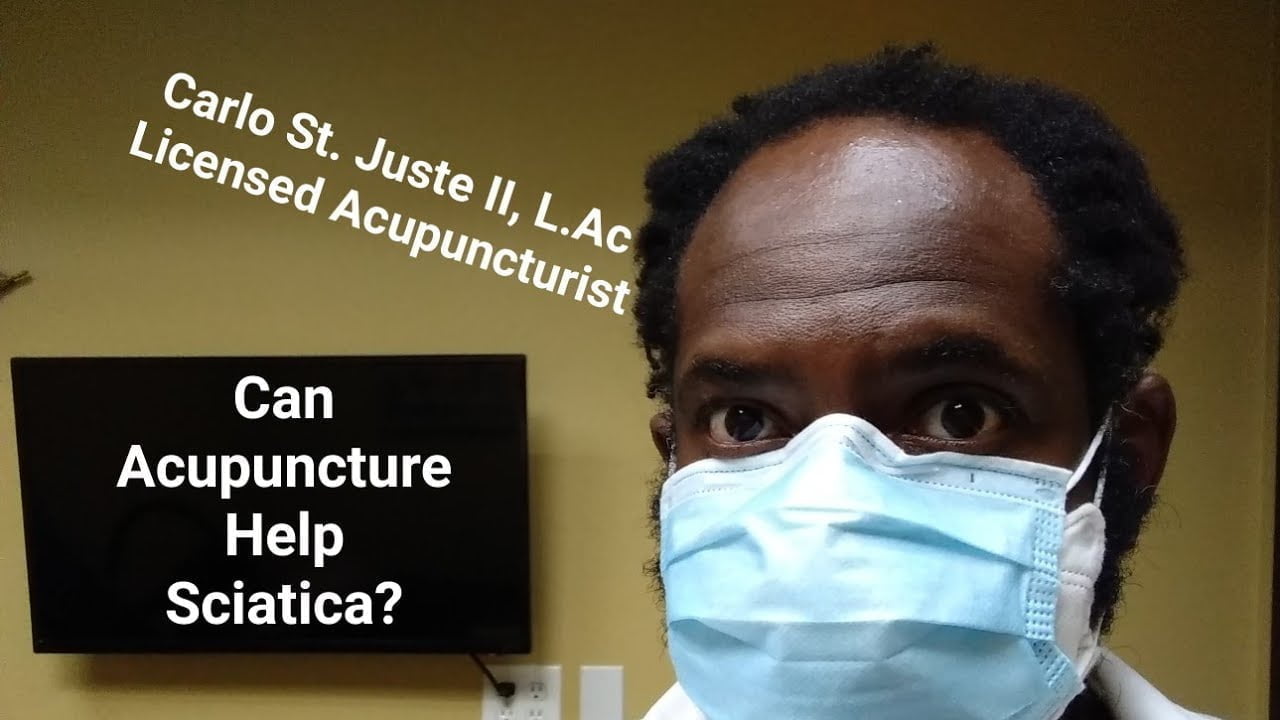This post may contain affiliate links and ads in which we may earn a small percentage of purchases.
We are here to ask the question can Acupuncture help with sciatica, a condition characterized by compression or damage to the sciatic nerve. Symptoms include pain, weakness, numbness, and burning sensations that can travel from the buttocks to the foot. Acupuncture, along with nutrition and herbs, can provide relief and reduce pain. Multiple therapies, such as chiropractic care and physical therapy, can be combined with acupuncture for better results.

If you’ve ever quit because meal plans felt overwhelming, this approach keeps it simple. The 21-Day Smoothie Diet gives you daily guidance, a detox reset, and easy recipes—so you can focus on consistency instead of planning. Instant digital access. Start today.
Table of Contents
What is Sciatica?
Sciatica refers to pain, numbness, or weakness in the lower back, glutes, and legs, caused by compression or irritation of the sciatic nerve. This nerve runs from the base of the spine down to the foot, making it a common source of discomfort.
Symptoms of Sciatica
Symptoms include:
- Pain or weakness in the glutes, or legs
- Radiating Numbness or tingling in the legs or feet
- Burning sensations or pins-and-needles feelings
- Difficulty walking or standing
How Acupuncture Can Help
Acupuncture offers a natural, non-invasive approach to managing sciatica. By:
Portable dual-channel TENS/EMS device with 24 therapy modes for targeted muscle and pain relief.
 View Device
View Device
- Relieving pain and inflammation
- Improving nerve function and circulation
- Reducing muscle tension and stress
- Promoting relaxation and overall well-being
How Does Acupuncture Work?
Acupuncture stimulates specific points on the body, releasing natural pain-relievers and anti-inflammatory chemicals. This helps:
- Relax muscles and reduce pressure on the sciatic nerve
- Improve blood flow and oxygenation to affected areas
- Enhance the body’s natural healing processes
What to Expect from Acupuncture Treatment
A typical treatment session may include:
- A thorough consultation to understand your symptoms and medical history
- Insertion of fine needles into specific points on the body
- Gentle manipulation or stimulation of the needles
- Additional techniques like cupping, acupressure, or electroacupuncture
Combining Acupuncture with Other Therapies
For optimal results, consider combining acupuncture with:
- Chiropractic care to address spinal alignment and muscle imbalances
- Physical therapy to strengthen core muscles and improve mobility
- Nutrition counseling to support overall health and well-being
Self-Care Tips for Sciatica Relief
In addition to acupuncture, try:
- Stretching and exercising regularly to maintain flexibility and strength
- Maintaining good posture and lifting techniques
- Managing stress through relaxation techniques like meditation or deep breathing
- Getting enough sleep and rest to aid in recovery
Acupuncture as a Safe Natural Approach
Acupuncture offers a safe, effective, and natural approach to managing sciatica. By understanding the causes and symptoms of sciatica, and how acupuncture can help, you can take the first step towards finding relief.
Watch the accompanying video to learn more about sciatica and acupuncture.
More resources
Acupuncture for treating sciatica: a systematic review protocol
The effectiveness and safety of acupuncture treatment on sciatica: A systematic review and meta-analysis
Medical Disclaimer
This article is for educational purposes only and is not intended to diagnose, treat, or cure any medical condition. If you’re experiencing symptoms of sciatica, consult a licensed healthcare professional for personalized advice and treatment.
Medical Disclaimer: This article is for informational and educational purposes only and is not a substitute for professional medical advice, diagnosis, or treatment. Always consult a qualified healthcare provider with any questions about a medical condition or treatment.





